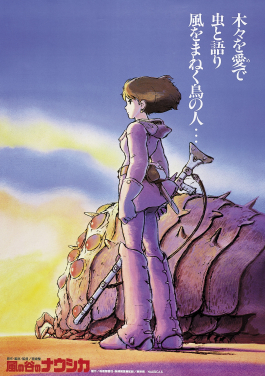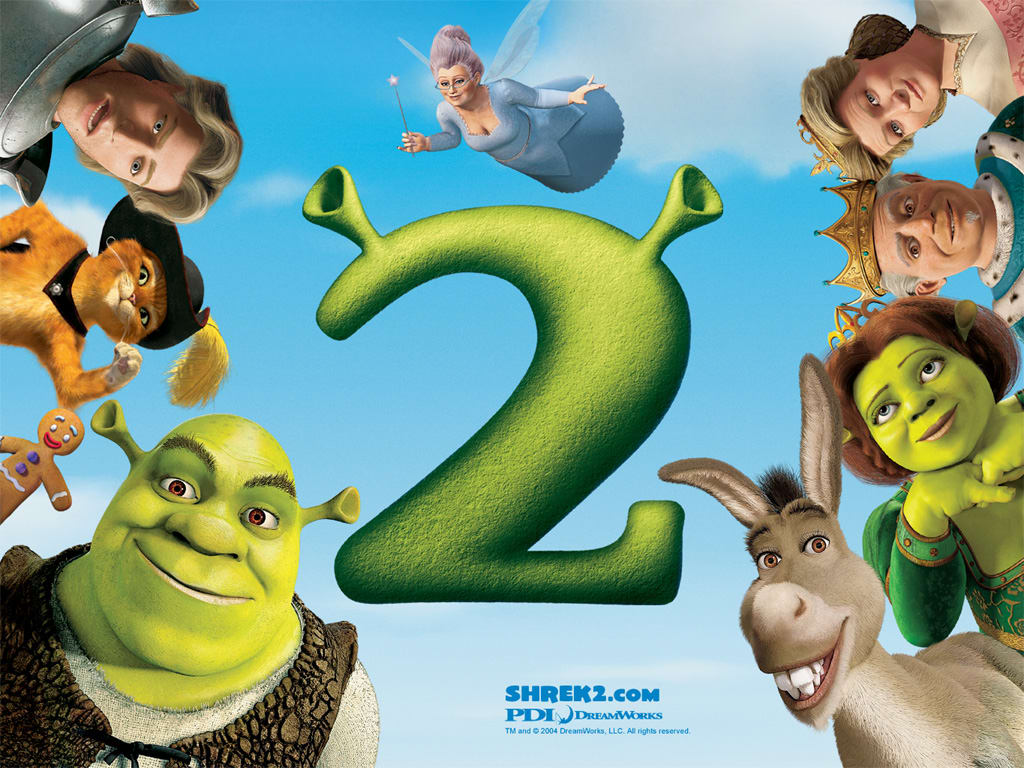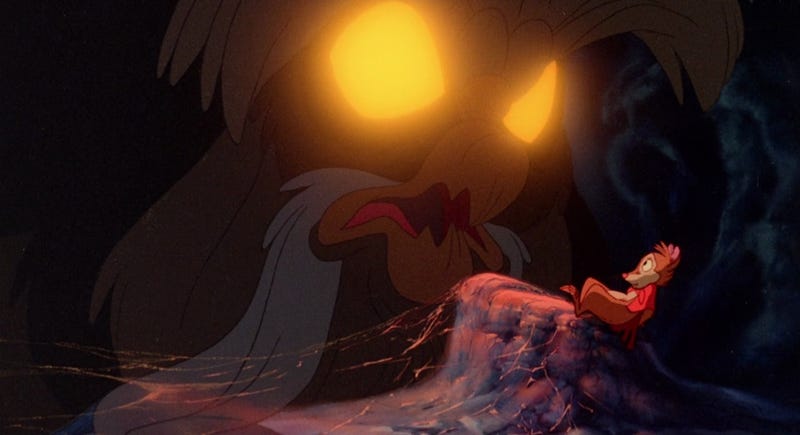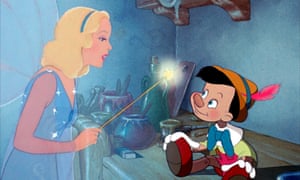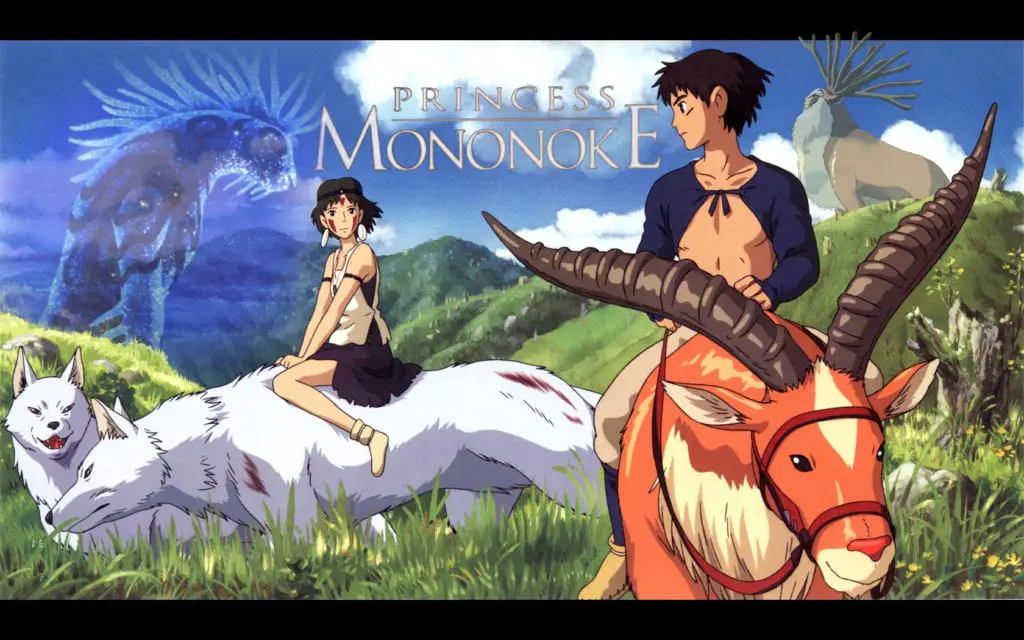Defining the Genre
AFI defined the Western as a movie "set in the American West that embodies the spirit, the struggle and the demise of the new frontier". The online Encyclopedia Britannica specifically defined the setting of a Western as something "set in the American West, usually in the period from the 1850s to the end of the 19th century".A writer at a website called Filmsite agreed with both of these descriptions saying "Westerns are often set on the American frontier during the last part of the 19th century (1865-1900) following the Civil War, in a geographically western (trans-Mississippi) setting with romantic, sweeping frontier landscapes or rugged rural terrain". Overall though, we know the general time and the general place that define Westerns.
I also liked their description of the feeling and attitude of a Western where they wrote that a Western is "a nostalgic eulogy to the early days of the expansive, untamed American frontier (the borderline between civilization and the wilderness)". I like that emphasis on the borderline between civilization and wilderness, where people in the frontier were not living in big cities or developed areas, but they weren't exactly surviving in the wild either, for the most part.
Westerns are generally also defined by the presence of cowboys, which when you see one you know what it is. Sometimes the cowboys are soldiers fighting Native American warriors, sometimes they're marshals fending off bandits and outlaws, but no matter what there's always revolvers and rifles involved. Most often a cowboy is a lone wolf and a heroic legendary figure, though sometimes they rely on allies and shed back the legendary layers to become rounded, vulnerable people.
AFI's Top 10 Westerns List
1. The Searchers
2. High Noon
3. Shane
4. Unforgiven
5. Red River
6. Wild Bunch
7. Butch Cassidy Sundance Kid
8. McCabe & Mrs. Miller
9. Stagecoach
10. Cat Ballou
Majority of these, especially the Top 3, are very well known and well renowned Western genre movies. I had not really heard much of #8 before and I surely never heard of #10 before. Notice also that, while not totally dominating the list in the same way that Disney dominated the Animation list, John Wayne leads 3 of these movies, and there is a surprising lack of Clint Eastwood, though again that might be because AFI was limited to American movies and could not include the Spaghetti Western subgenre selections.
My Outline for My Genre List
I had two guides for helping me outline my own defining features of the Western genre. The first was the basic principle definitions found above. The second was a list of various subgenres of Westerns I found on the New York Film Academy website. Those subgenres include: Epic, Spaghetti, Revenge, Outlaw, Marshal, & Revisionist
-Character archetypes: Heroic cowboy, tough prostitute/saloon gal, marshal/sheriff, prim-proper lady
-Cowboy's features: Wide-brimmed hats, bandanas, boots, spurs, and horse-back riding.
-Morality examination: Right versus wrong and lawful versus unlawful, asks when it's okay to take law and order into one's own hands.
-Beautiful vista shots of rural landscapes including plains, sagebrush, desert, and mountains.
-Small developing town with a hotel, a saloon, and/or a tavern.
-Guns constantly used or play an important role.
-Late 19th century timeframe, not around modern times.
-Romanticized view of the past and the cowboy figure.
-Honest look at the reality of men and the frontier life, if not romanticized.
Honorable Mentions
-Assassination of Jesse James-True Grit (Coens, I haven't seen the original all the way through)
-Open Range
-3:10 to Yuma (both versions)
As you can tell, majority of these mentions are more contemporary and newer movies. The themes and attitude come from a more modern sense, so they have a more honest look on life and philosophy in the west than older romanticized cowboy movies.
I generally consider Assassination of Jesse James to be more of a melodrama than a Western, though it certainly has the setting, gunplay, and thematic qualifications to be a Western. Not to mention Jesse James is a pretty common figure in Western cowboy mythology and media.
Ultimately, even though movies like Open Range and True Grit have sleek looks and fit within the confines of the Western genre, they ultimately do not hold my interest and excitement upon rewatching them, nor do I find them unique enough to be definitive examples of the genre.
I generally consider Assassination of Jesse James to be more of a melodrama than a Western, though it certainly has the setting, gunplay, and thematic qualifications to be a Western. Not to mention Jesse James is a pretty common figure in Western cowboy mythology and media.
Ultimately, even though movies like Open Range and True Grit have sleek looks and fit within the confines of the Western genre, they ultimately do not hold my interest and excitement upon rewatching them, nor do I find them unique enough to be definitive examples of the genre.
My Top 10 Westerns List
10. Sukiyaki Western Django
A twist on Spaghetti Westerns, where instead of European actors having their lines dubbed over by native English speakers, this movie has Japanese actors speaking their own broken English dialogue. You have the heroic cowboy figure, clad in hat, boots, & spurs, staying in a small town in a desert mountain area. There's lots of gunplay involved, obviously influenced by the more ridiculous B-level Spaghetti Westerns of yore. Though there is also the presence of Japanese samurai movie artistry, it's cool to see another nation and culture interpret the American cowboy mythos and Western genre and put their own spin on it.
9. Hostiles
I was hesitant to put this movie on the list since it is the most recent out of the bunch and not necessarily even the most memorable movie I've seen in 2018. There's not even a typical cowboy figure. What impressed me the most about this movie was the landscapes. The places that this group journeys through out in the wild frontier really reminded me of the kind of landscapes I saw when I spent time in Montana and Colorado. These are very definitive Western locations and the cinematography captures them beautifully. Add in the struggle of frontier survival and antagonistic relationships between white soldiers and Native Americans and you have a recipe for a subtle yet realistically human Western.
8. Tombstone
There had to be some interpretation of the infamous O.K. Corral battle on this list, and it just happened to be the most fun, most Hollywood version of it (technically also the only one I've seen). There's drinking, there's cigar smoking, there's gambling in saloons and taverns. Handsome mustaches, cowboy hats, revolver twirling, marshals battling outlaws. It's very much a definitive Western. What makes this movie stand out though is Val Kilmer as Doc Holliday. He embodies that tough heroic cowboy figure often given in to vices, but he's a charming southern gentleman and a good friend to other tough heroic cowboy figures.
7. Magnificent Seven
Yes, a part of me put the movie here for a joke. Courageous cowboys stand up against insurmountable odds out of a sense of honor and pride. Poor farmers take the law into their own hands in a place without law & order. There's plenty of gunplay and dusty trails covered. The cowboys are very romanticized in this movie since they are the heroes, even if they are selfish or troubled.
6. Unforgiven
I initially had this movie in the Honorable Mentions area because of just how dark and revisionist of a Western it is. Our protagonist used to be a ruthless killer who has worked to amend for his past sins but in the end reverts to his old ways. And the antagonist is not really anything too different, it's just a beyond-tough lawman who abuses his power without remorse. There's nothing very noble going on about either of their actions since the main conflict revolves around the protagonist accepting a financial reward by killing men in order to avenge an abused prostitute.
I think what makes this Western work and stand out compared to the others is that if this was a Clint Eastwood movie 20 years earlier (like Outlaw Josey Wales), his character and actions would be glorified, but here it's depressing and examined in a negative light. No one is heroic or glorified here in the traditional sense of standard Western films.
5. Rio Bravo
This one is just more of a model of fun, action Western. You've got John Wayne in his typical cowboy gear with rifle in tow. Dean Martin is an alcoholic gunslinger. There's carefree yet tense use of guns throughout. It's about the courage of a few in the face of many enemies, an alternative take on High Noon. The marshal must defend himself and his friends from outlaw thugs bent on freeing their captured leader. Like I stated earlier, I mainly just remember this movie for the fun interaction between the romanticized cowboys and the gunplay involved throughout the movie.
4. High Noon
What puts this movie ahead of Rio Bravo is the philosophical, moral quandary at its center. Is it better to give up violence and run away, or to stand up and fight even if it means doing it alone? There's the law versus the outlaws. There's a tense gun battle at the end. The protagonist sheriff is obviously afraid and nervous about having to face the battle alone, but none of the other men in town have the courage and loyalty to fight alongside him. The sheriff wants to put away the past, but there's a new prim and proper Quaker wife that he has to live for and protect.
3. The Man Who Shot Liberty Valance
Once again, it's the philosophical questions that really make this film special. When is it okay to kill someone? Is truth or legend the better reality? Should a man avoid guns at all costs or learn to live with them? Jimmy Stewart and John Wayne are both known for their dramatic roles in Western movies and these performances are highlights of that fact. This movie both romanticizes the wild past of the west and gives an honest examination on what the men, life, and ideas were really like in the wild west.
2. The Searchers
The cinematography is one of the most outstanding elements of this movie. It really captures the look and feel of living out in the American western frontier. The colors really stand out and the shots are framed with purpose. John Wayne plays more of a gritty Clint Eastwood type in this movie, having a sense of purpose in his actions but lacking the romantic charm and friendliness of cowboys in earlier Westerns. This seems to be the start of the divide between fun, idealized cowboy movies and the gritty honest look at real frontier living. I think had Johns Ford and Wayne not visited this location and made such a stellar team up in an earlier movie, this may have been the number one.
1. Stagecoach
In my Valuable Films list, I placed Stagecoach as the top Western movie and I still stand by that. Some of the defining traits of the Western film genre that I mentioned included: character archetypes, guns, horseback riding, particular landscape locations in southwest US, 19th century time period. I also mentioned how it lacked gritty violence and anti-heroism seemed to define later Western movies. People are not as good as they seem nor as they as bad as they may seem. I'd say the only characters that really lack depth or complexity to them is the thieving banker, Mr. Gatewood, and the whiskey drummer Rev. Hancock...I mean Mr. Peacock.
Movies That May Replace Choices on My List Upon Future Viewing
Shane
Red River
The Good the Bad and the Ugly
Once Upon a Time in the West
Red River
The Good the Bad and the Ugly
Once Upon a Time in the West
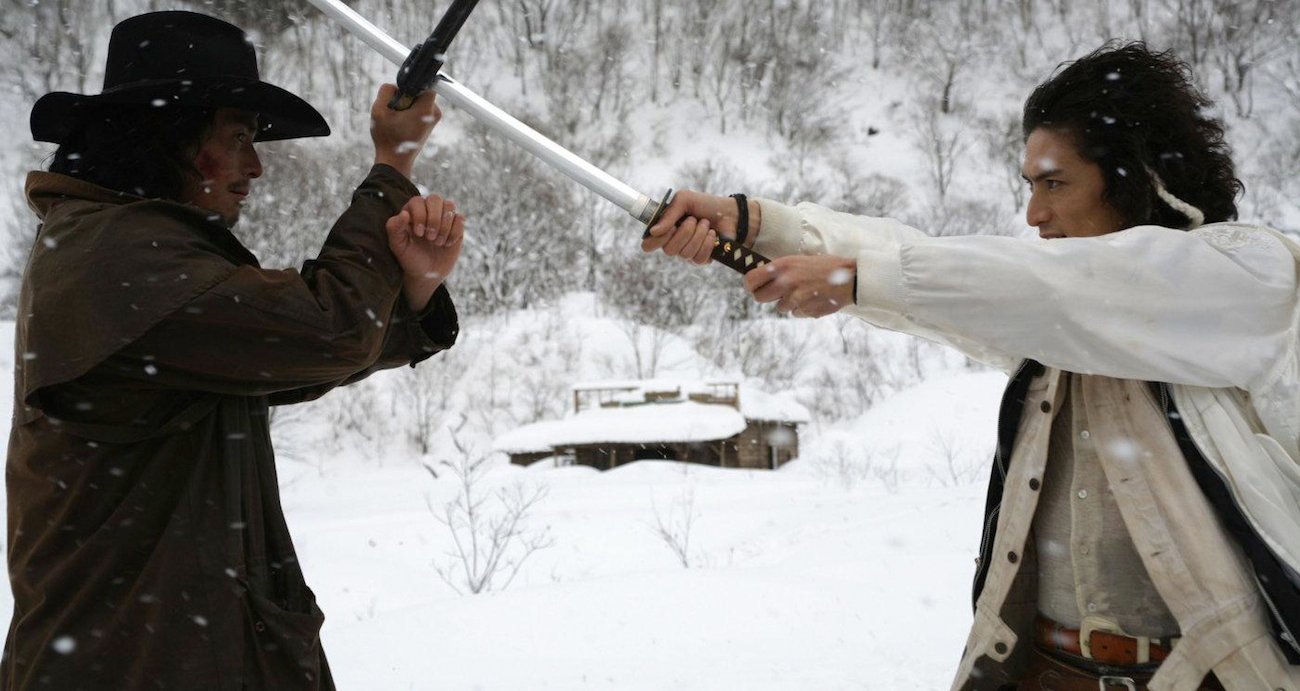

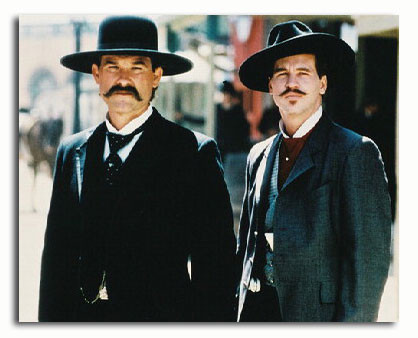
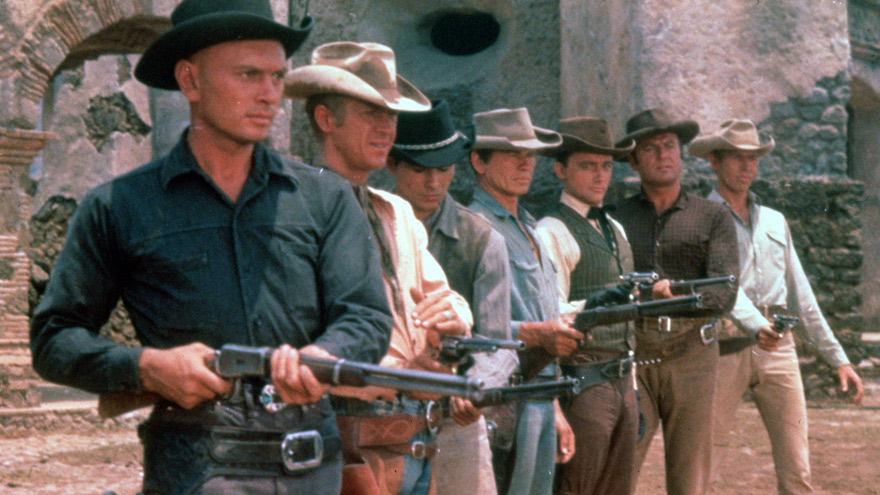
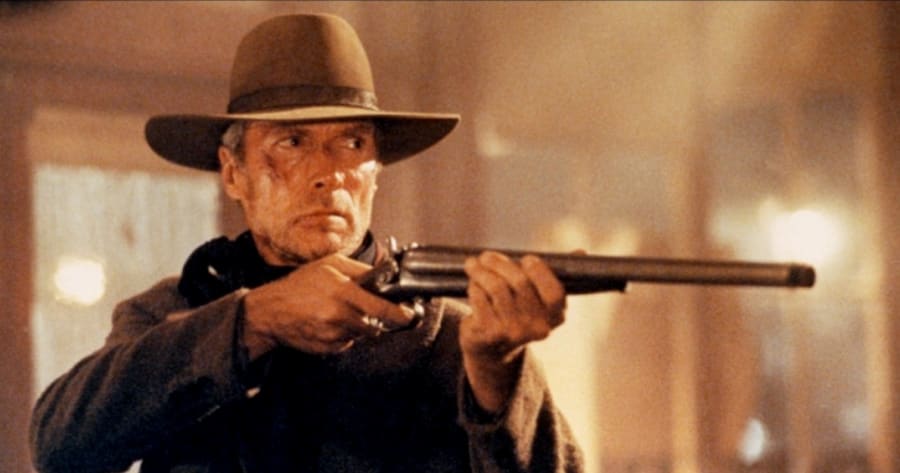
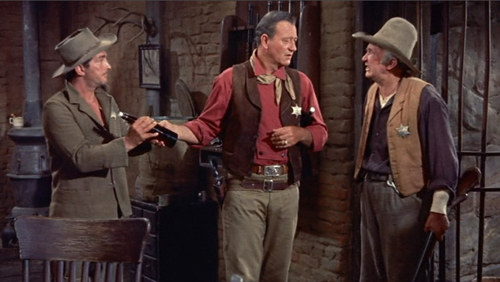




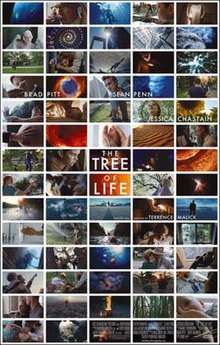




_theatrical_poster.jpg)
